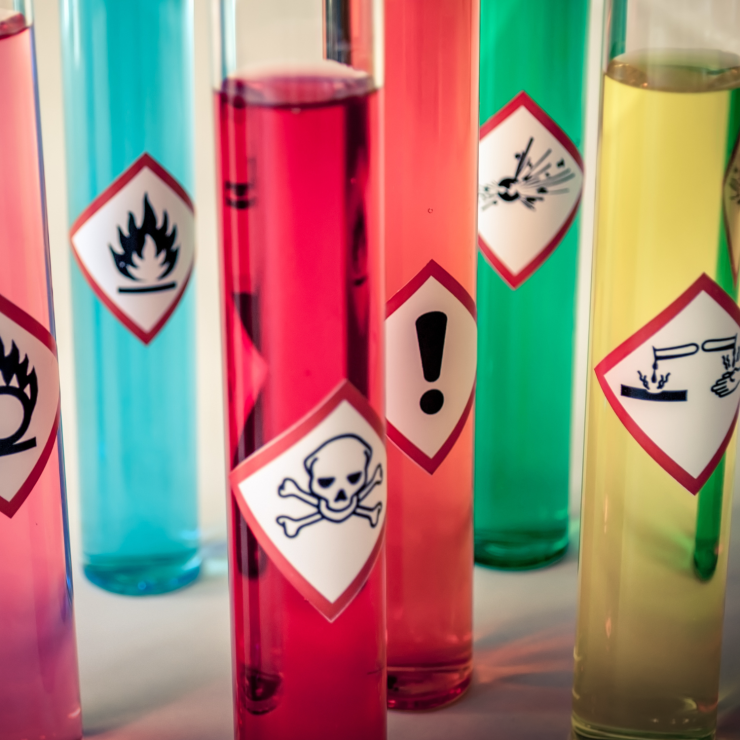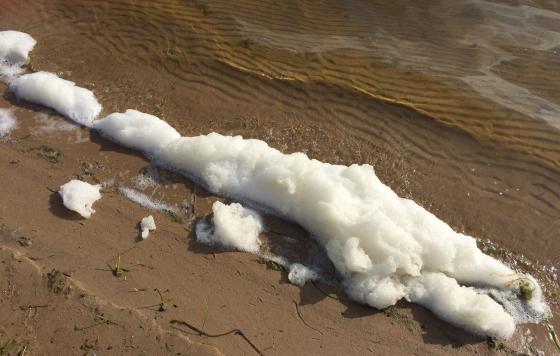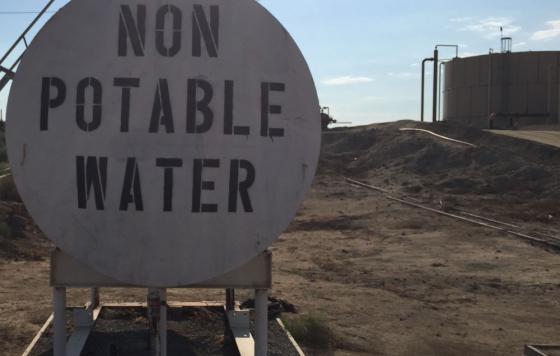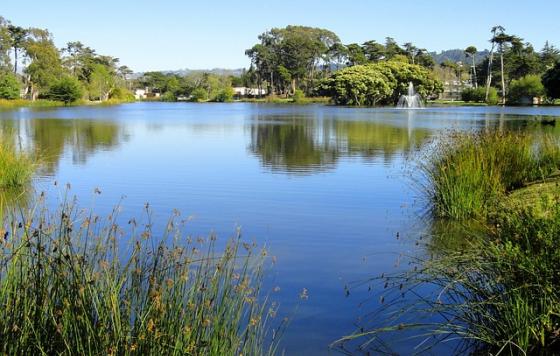2025 Year in Review: Toxics in California
Filter By:
Groundwater Rules!
With all that’s happening right now, it can be difficult to pay attention to anything other than the news of the day. I’m focused on groundwater; how we use it – and use too much; how we protect it from pollution – or don’t; and how we can ensure that it’s available when we need it. And even on a
CA Lagging Behind on PFAS, But Has the Chance to Do it Right
Joint Post with Anna Reade, Staff Scientist with Natural Resources Defense Council
The estimated number of Californians affected by water contaminated by toxic PFAS chemicals is rising. Data released just last week confirms that California has cause for worry, and underscores that the state should
Protecting Californians from Oil and Gas Production
More than 5 million Californians live near oil and gas production. In Kern County, oil production is wedged between homes and looms over schools and playground. Our communities are under a haze of contaminants due to the gargantuan fields of oil and gas wells bordering towns and scattered along our roads.
Perspectives on Groundwater Sustainability: Erik Ringelberg with the Freshwater Trust
Overview of your organization’s involvement with sustainable groundwater management issues? The Freshwater Trust is most well-known for its work on protecting freshwater river ecosystems. In California, a significant amount of surface water bodies are regulated and diverted through dams and other
Perspectives on Groundwater Sustainability: Susan Harvey with North County Watch
How did you get involved with sustainable groundwater management issues?
I have been a volunteer activist in the county for 20 years. As irrigated agriculture came in and started planting in the region it started to become obvious that we needed to pay attention to how much groundwater there was
How did California companies rank in the retailer report card?
This week, we helped to release the 4th annual Who’s Minding the Store? report card grading 43 major retailers on their actions to keep toxic chemicals out of products and packaging.
The study, conducted by the Mind the Store campaign, found that there has been dramatic improvement in retailer







